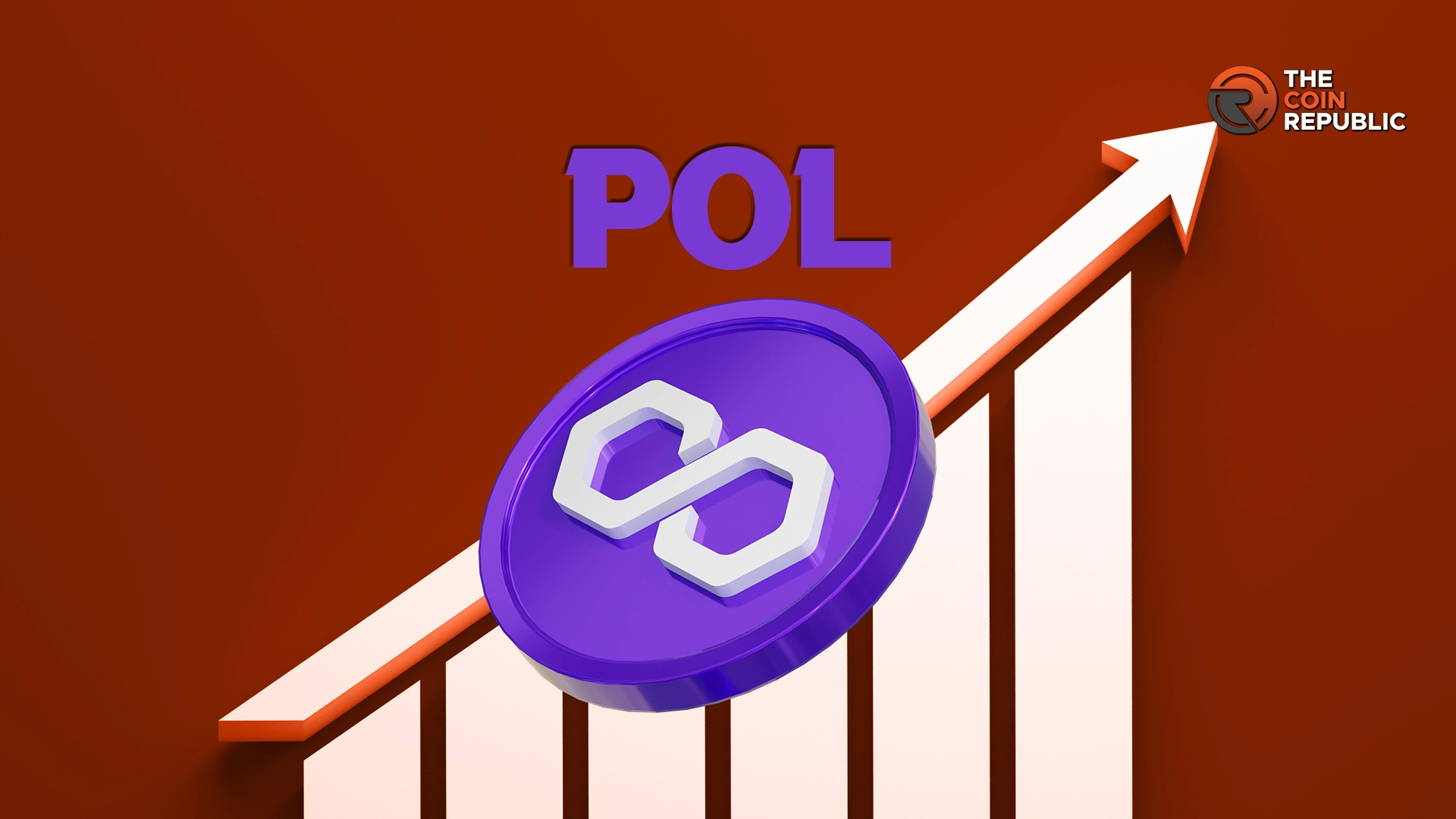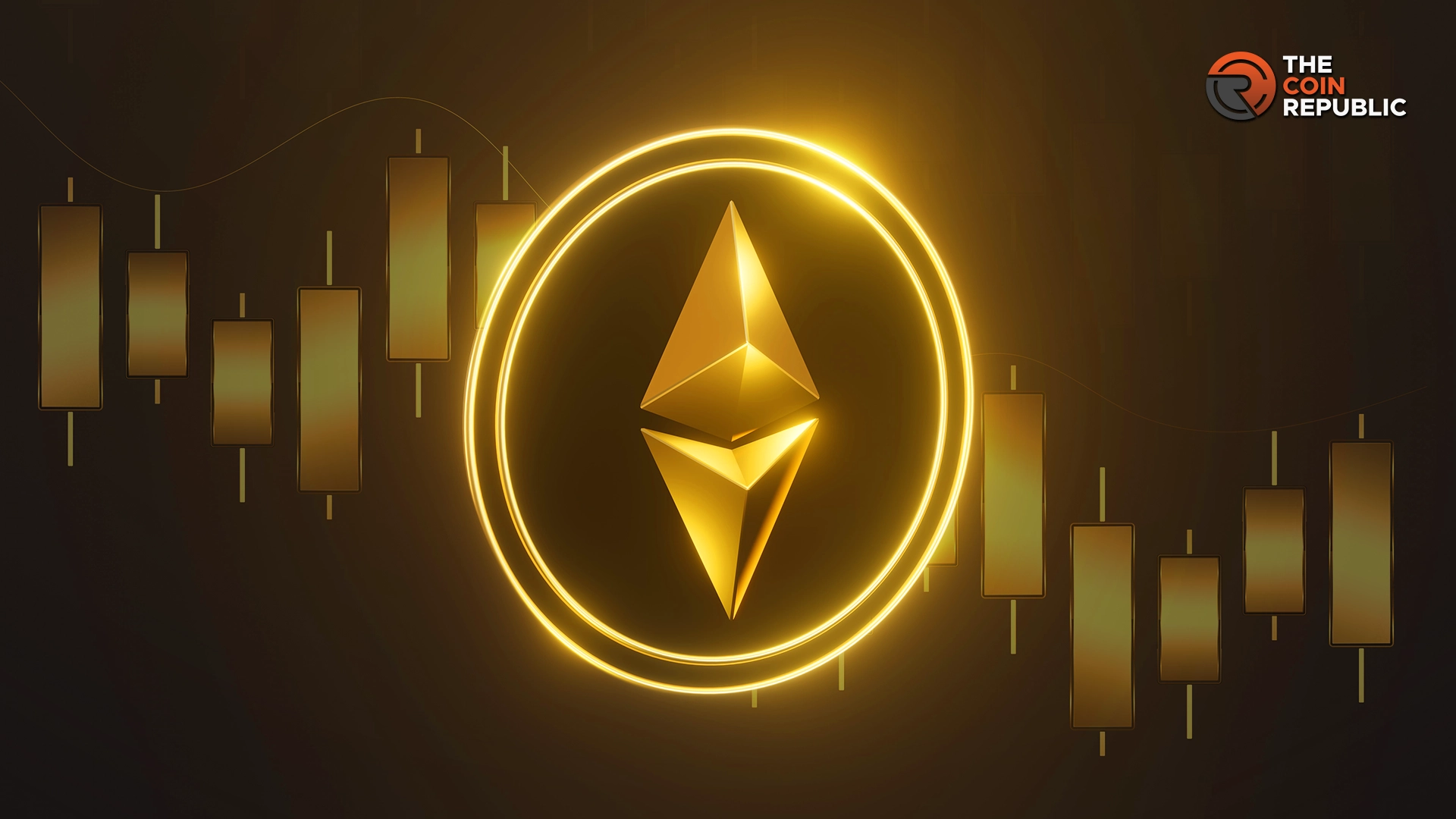With only a few hours left before Polygon MATIC transitions to POL, the tokens have set key price trends to watch. The token migration, scheduled for September 4, is part of a major upgrade introduced to the community last year.
The upgrade aims to make POL the primary token across all Polygon networks. Notably, POL will become the native gas and staking token for Polygon’s main proof-of-stake chain.
What to Expect in the Polygon Migration
In a recent post, Polygon highlighted some of the community’s benefits of the token migration. The network states that POL introduces a novel approach to sustainable growth with a 2% annual emissions model.
The sole purpose of this model is to supply 1 billion POL tokens over ten years to fund the community grants program. The 2% annual emissions are shared equally between Polygon PoS validators and the Community Treasury.
Validators earn 1% as an incentive to secure the network, with the remaining 1% going to the Community Treasury to sustain Polygon in the long term. This emissions model ensures continuous rewards for validators, encouraging new entrants to join and participate in the network.
Polygon said the new POL tokens are managed by a smart contract to ensure the emissions rate remains within predefined limits. However, this precise emission schedule can be reviewed through community governance.
In the future, the community can expand POL’s utility to serve a crucial role in the AggLayer. Polygon describes POL as a hyper-productive token that can provide valuable services to any chain in the Polygon network.
MATIC and POL Price Action
Polygon MATIC has been experiencing intense volatility, with its price experiencing a steady decline.
At press time, MATIC’s price was trading at $0.4033 after experiencing a 0.7% and 18% decline in the past 24 hours and week, respectively. The declining prices, however, coincide with a broader bearish sentiment in the crypto market.
In a similar move, POL’s price dropped by 0.3% in the past day to trade at $0.4066, per current market data. However, trading volume surged 30% in 24 hours to $864,810. Market participants are closely watching to see if the upcoming migration can reverse the current negative trend and boost Polygon’s market position.
Maintaining the $0.4 support level is crucial for MATIC’s short-term stability. If this price holds, the next major resistance to look out for is $0.60. A break above this level might spark a rally for the token.
How Polygon Is Faring in the Ethereum Layer 2 Ecosystem
According to market data, Polygon is now the leading Ethereum Layer-2 network, with a market capitalization of $3.7 billion. Immutable, with a market cap of $1.8 billion, follows closely behind.
Meanwhile, DefiLlama data shows Polygon’s Total Value Locked (TVL) stands at $877.92 million. Additionally, the market capitalization of stablecoins on Polygon is $2.03 billion, suggesting robust ecosystem activity.
Moreover, the number of active addresses on the network in the last 24 hours totaled 678,653, demonstrating strong user engagement. Top projects like AAVE, Uniswap, and Polymarket have helped strengthen Polygon’s position in the market.










